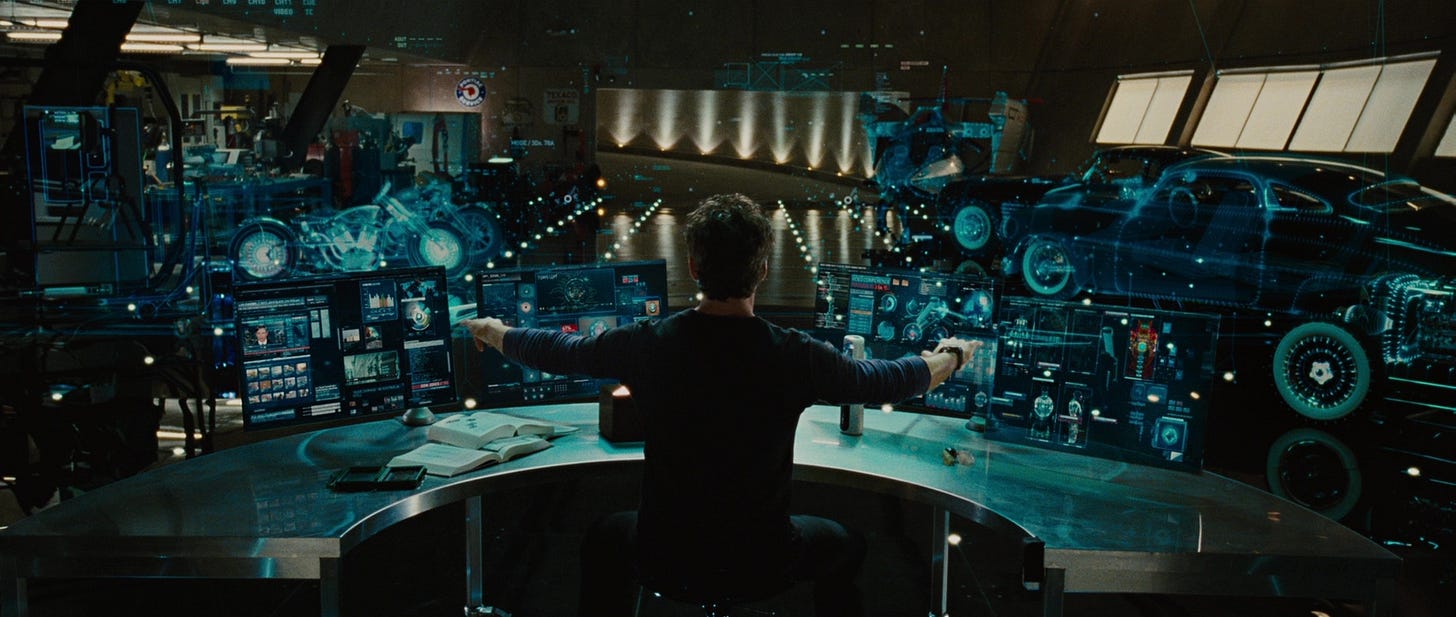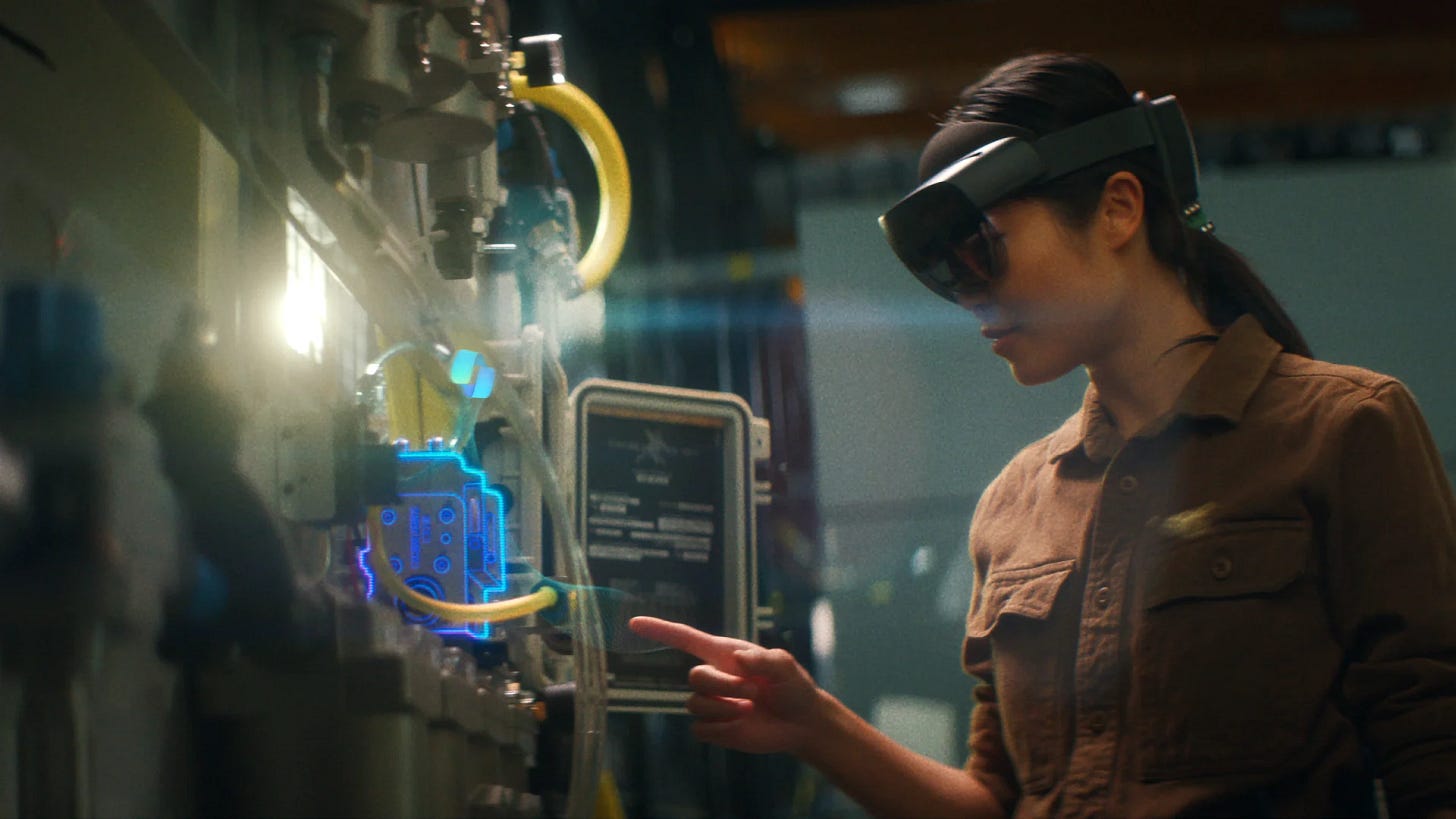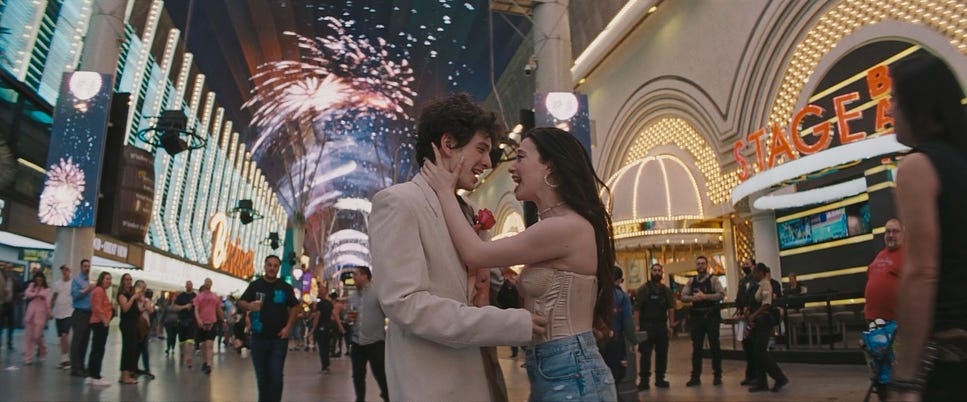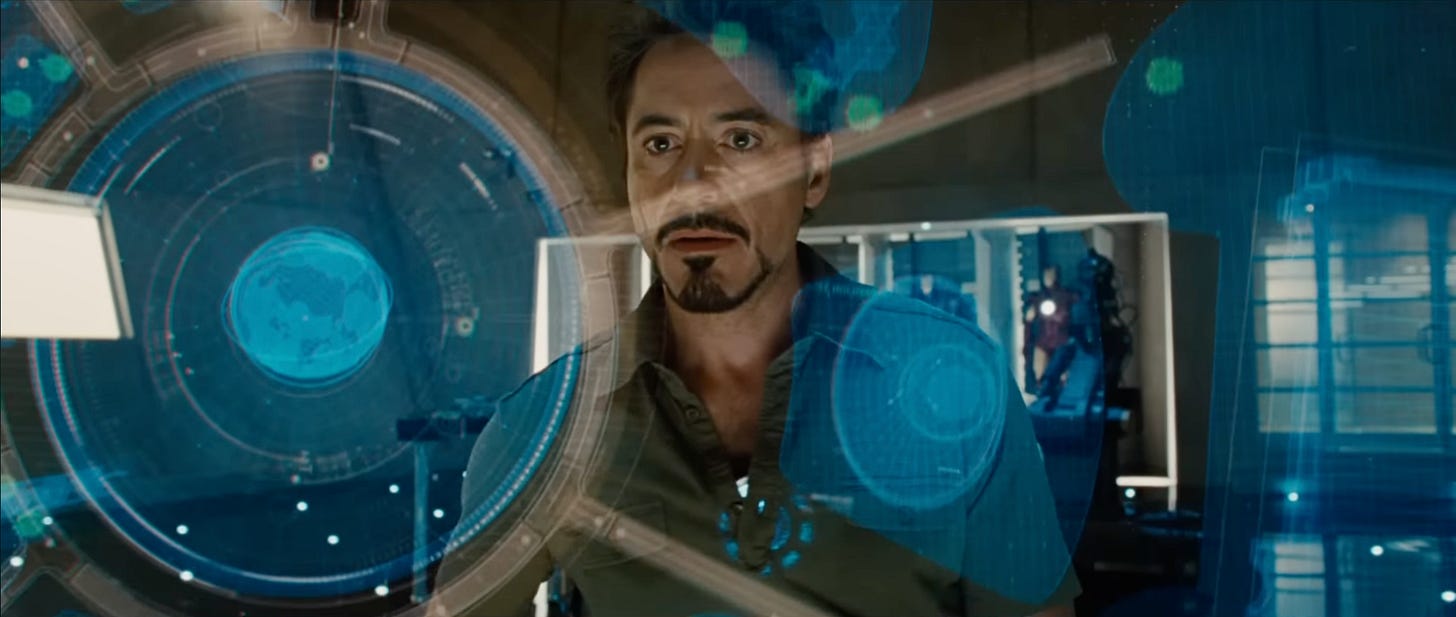Father of J.A.R.V.I.S: "We Weren't Trying to Predict the Future"
The team behind Iron Man's J.A.R.V.I.S spent months imagining holographic AI. Silicon Valley spent the next decade building it. This is that story.
I sat down with Ian Dawson, the VFX producer who created J.A.R.V.I.S. for the Iron Man trilogy, and what he told me completely reframed how I think about the relationship between fiction and technology.
Marvel’s $6 Million Bet on the Future
Marvel gave Ian’s team six months and a blank check to solve a deceptively simple problem: what does Tony Stark’s workshop actually look like 25 years in the future?
They weren’t thinking about influencing reality. They were just trying to solve script problems. But the holographic interfaces, gesture controls, and AI assistant they designed became the visual language every tech company followed.
“We weren’t trying to predict the future,” Ian told me. “We were just solving script problems.”
When Fiction Writes Reality’s Instruction Manual
Watch the full interview to hear the complete story:
YouTube Chapter Links:
00:00 Introduction
00:56 How Marvel Created J.A.R.V.I.S
03:39 Robert Downey Jr. Rejects VFX Instructions
04:23 Designing J.A.R.V.I.S
06:18 Why Creative Vision Should Drive Development
07:08 J.A.R.V.I.S Comes to Life: NSA, T-Mobile & Hershey’s
10:30 Microsoft Recreates J.A.R.V.I.S in Real Life
11:10 AI: The Good, the Bad, the Future
12:16 The Power of Real Experiences as Fantasy Blurs Reality
The Gesture That Changed Everything
One of my favorite moments from the conversation: Ian’s team spent months choreographing precise hand gestures for Robert Downey Jr. to manipulate holographic interfaces.
RDJ’s response? “I act, you do visual effects. I’ll do whatever feels comfortable.”
He ignored all their carefully planned choreography. And somehow, that improvisation became more iconic than anything they’d scripted. The team made it work, and those spontaneous gestures defined how we think about interacting with spatial interfaces today.
From Hollywood to the NSA
The truly wild part is what happened next. Ian walked me through the real-world projects that literally brought J.A.R.V.I.S. to life:
The NSA project- Building interfaces for national security applications
T-Mobile’s drone table- A system for mapping drone flights in 3D space
Hershey’s AR experience- Connecting generations through AR messages
And then came the full-circle moment: Microsoft invited Ian to try HoloLens with Copilot. He pointed at an ATV carburetor and asked “what’s this part?” The AI assistant walked him through replacement instructions step-by-step, auditorily and visually.
“It was Jarvis,” Ian said. “They were excited that I was there looking at it, and I was more than excited to see those two worlds come together.”
When Reality Becomes Indistinguishable From Fantasy
Ian thinks we’re going to have personal AI assistants that know everything about our lives, pre-empting our needs, curating information, basically becoming Jarvis for everyone.
But here’s what stood out: “Fantasy and reality are blurring. I think the only way to combat that, human-wise, is wanting authenticity in those experiences.”
He believes we’ll start cherishing real, grounded experiences more. Coffee with a friend. Face-to-face conversations. The things we know are undeniably real.
“If I can go to coffee with you and we’re drinking coffee together, that’s as real as it gets, right?”
The Democratization of Storytelling
The conversation took an unexpected turn when Ian started talking about the economics of filmmaking. Thanks to AI, anyone can now tell a story that would’ve cost $100 million for a fraction of the price.
Studios are nervous. They’re barely funding anything over $5 million because films like Anora proved you can make $6 million, earn over $100 million, and win Oscars.
“The glass half full side of me says anybody can tell a story now. It’s all about what you can envision and what your story is.”
On The Horizon
Ian believes that the best creative work happens when you lead with vision, not code.
“Everything on the development side was being driven by coding, not by the creative drive,” he explained. “For me, I wanted to get creatives to come up with the conceptual ideas of what we want to do, and then team them up with amazing developers who are open to hearing these design ideas.”
That philosophy, creative vision first, technical execution second, is what made J.A.R.V.I.S feel magical. And it’s a lesson every product team building AI should remember.
Check out some recent discussion over on X
If you found this useful, share it with fellow reality mappers. The future’s too interesting to navigate alone.
Cheers,
Bilawal Sidhu,
https://bilawal.ai






The part about RDJ ignoring the choreography is perfct because it shows how overthinking can kill authenticity. When you try to script everything, you end up with something that looks designed rather than lived in. What made those Iron Man interfaces feel believable wasnt the technical precision, it was watching someone interact with technology the way they would naturally, not the way a VFX team thougt they should. That's probably why real tech companies ended up copying what he improvised instead of what the team originally planned. Sometimes the best design comes from letting go of control.